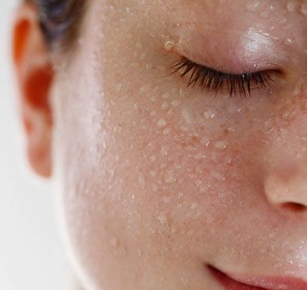
Should you wash your face after using micellar water?
It seems that the “micellar” boom over the past two years has affected almost every user of cosmetics: both decorative and care. If earlier on the market it was possible to find only micellar water, now you can throw in your basket foams, gels, milk and other products that, before the word “micellar” indorsed by marketers, were acquainted to everyone as makeup removers. The product is actually worthy of attention, and one bottle of this wonderful water is always in your bathroom. But do you all use micellar paper correctly? Do washing face after using micellar water is right?
Micellar water is actually a very good product. For the first time the use of micellar water was noted. Developed for use in the care of sensitive and allergy-prone skin, as well as for the delicate and sensitive skin of babies. Later, cosmetic brands took a closer also look at it.

Despite all the advantages of using micellar water for face of this product: it does not cause irritation, deeply but carefully cleans, it is suitable for removing makeup (including eye makeup), it is very easy to use – it has one tangible disadvantage. And it lies in the fact that on many labels you can find a rather controversial phrase “does not require rinsing.” This controversial recommendation has its own background, which is mentioned below.
According to the composition, 3 types of micellar water are distinguished:
- Water based on poloxamers. Micellar water with these modules does not necessitate rinsing, as it does not irritate the skin. It was these ingredients that prompted the “do not rinse” recommendation.
 Water based on soft natural surfactants (Lauryl Glucoside, Coco Glucoside). These components also do not irritate the skin, so water based on them can sometimes be left on the skin without rinsing. It happens to be in this form that “sometimes” negative significances can be evaded.
Water based on soft natural surfactants (Lauryl Glucoside, Coco Glucoside). These components also do not irritate the skin, so water based on them can sometimes be left on the skin without rinsing. It happens to be in this form that “sometimes” negative significances can be evaded.- Water based on classical emulsifiers in combination with solvents (Hexylene Glycol, Propylene Glycol, Butylene Glycol, etc.). When left on the skin, these ingredients can cause irritation and dryness.
The latter type is most often found on the market. It is followed by a mixed one: when both poloxamers and classic emulsifiers with solvents are used in one product.
It happens to be fairly logical that micellar products comprise not only micelles, other ingredients but also: preservatives, surfactants, the above-mentioned emulsifiers, which, if continually on the skin, can aggravate dryness and irritation. Not after the first application, of course, but after several weeks of constant contact (or even earlier, it all depends on the skin itself), barrier functions may be disrupted, the sensitivity and irritability of the skin may increase. Most dermatologists recommend rinsing off even harmless types of micellar products to avoid potential side effects.

